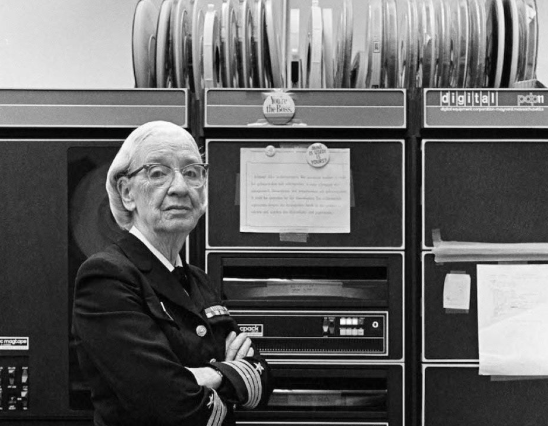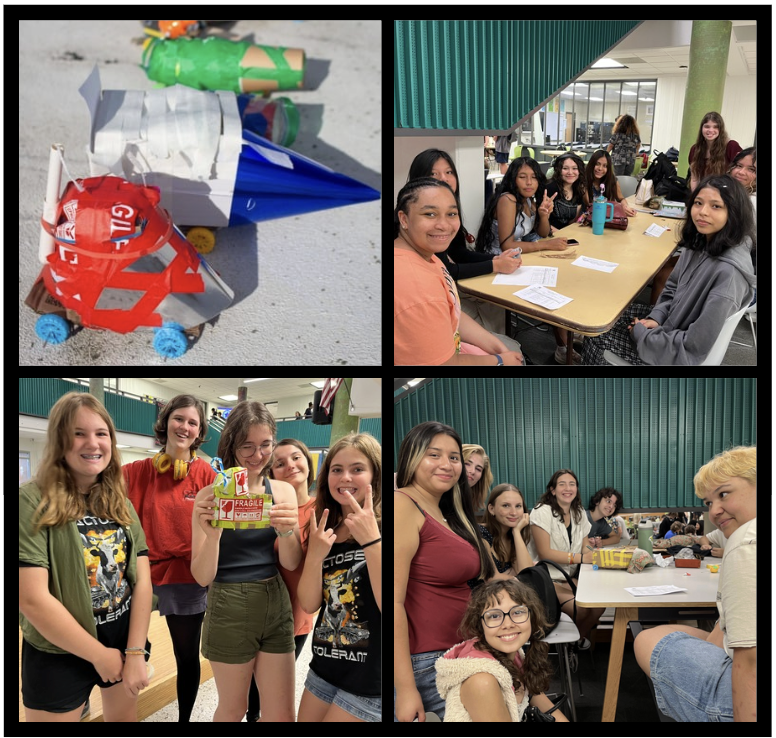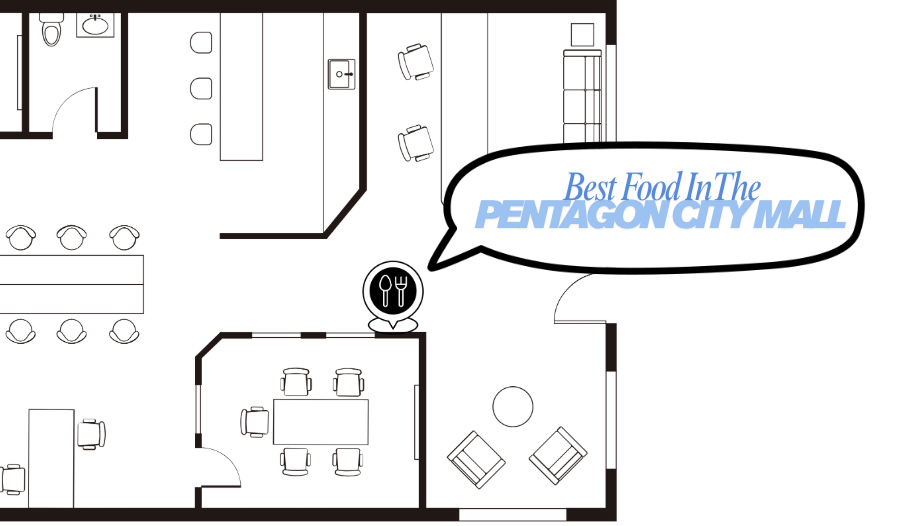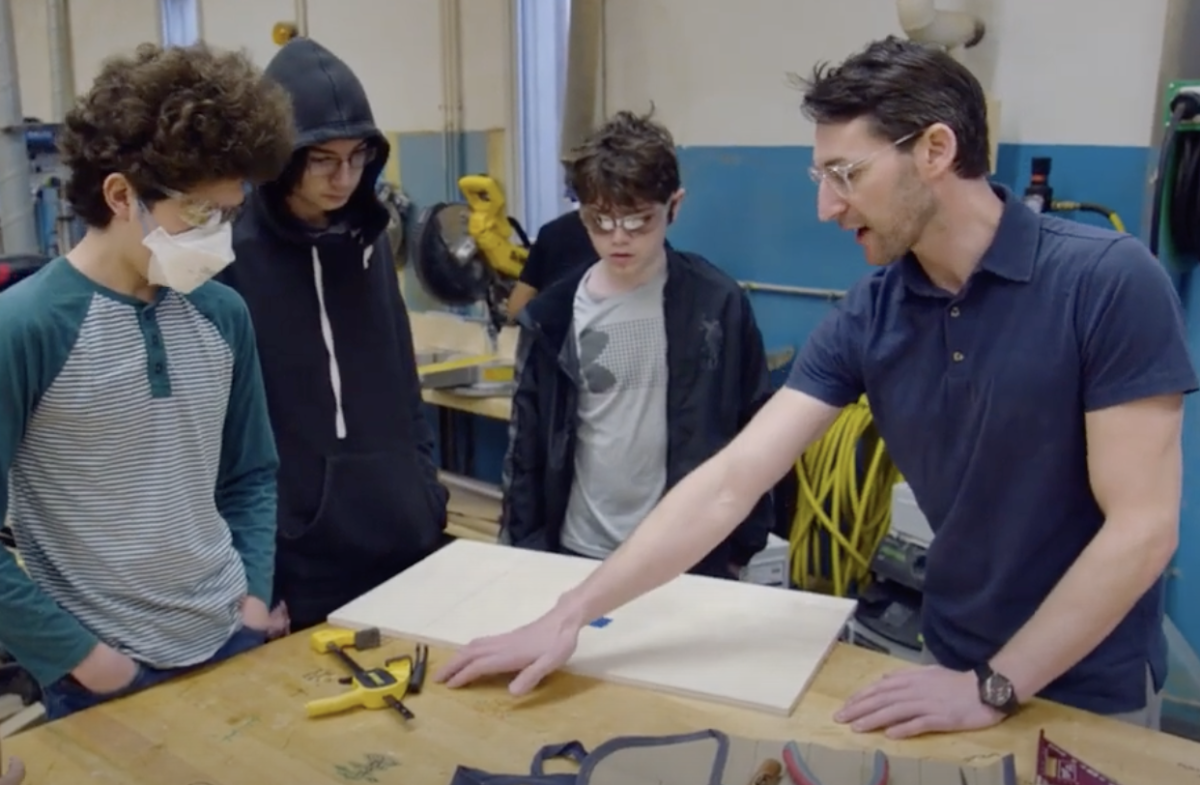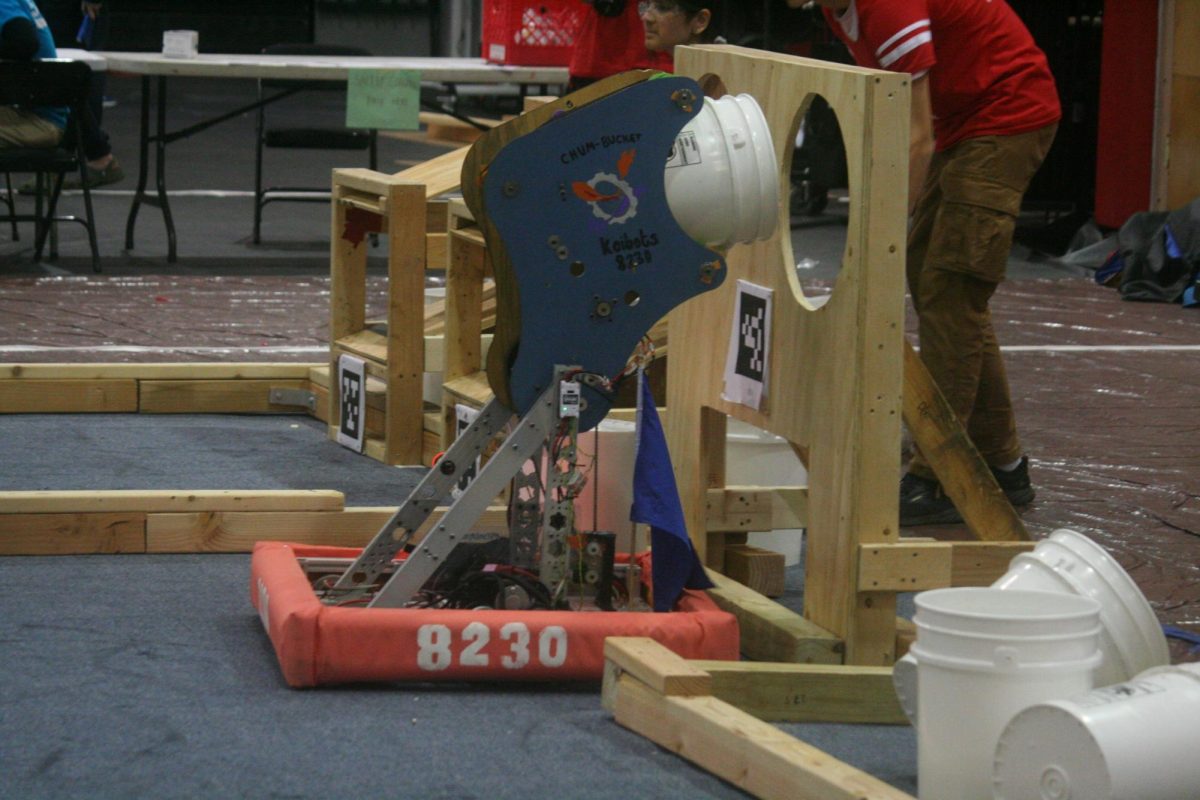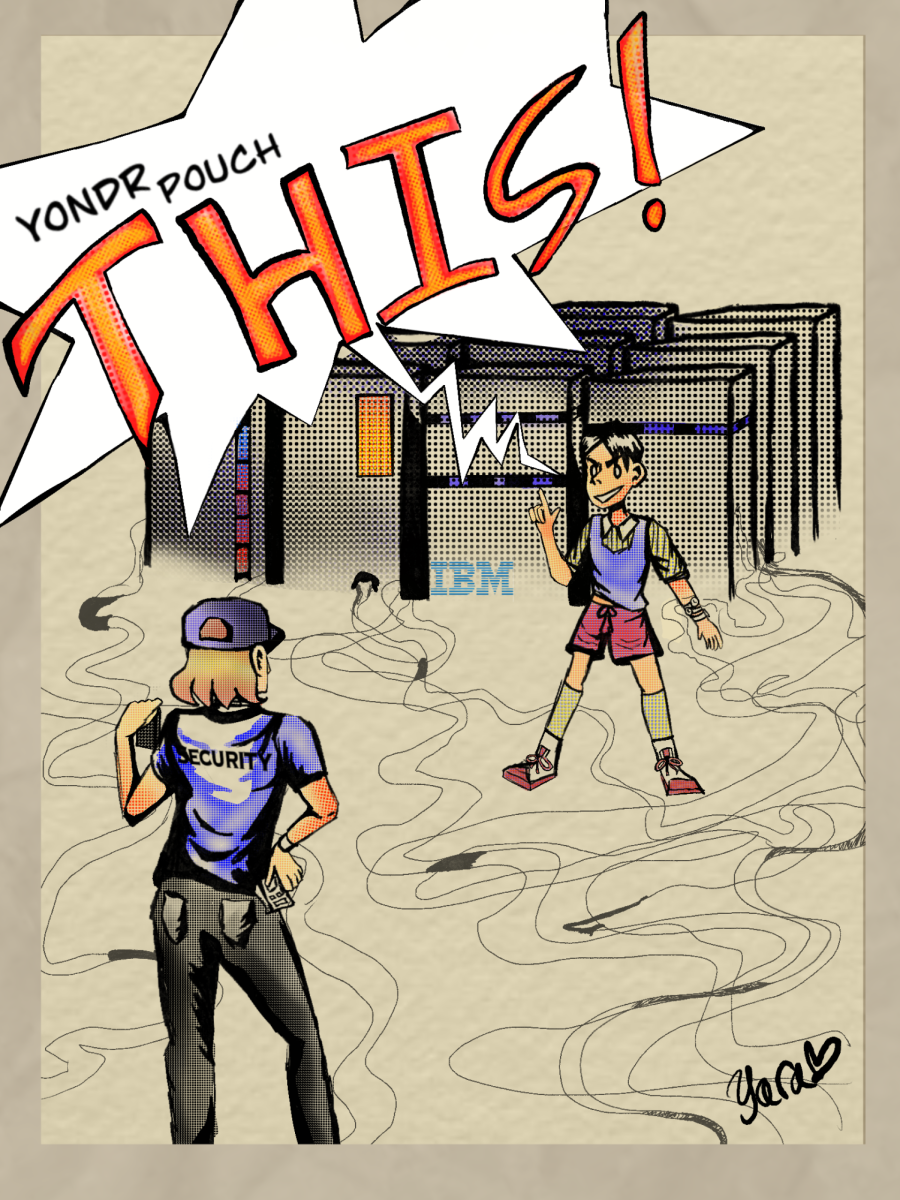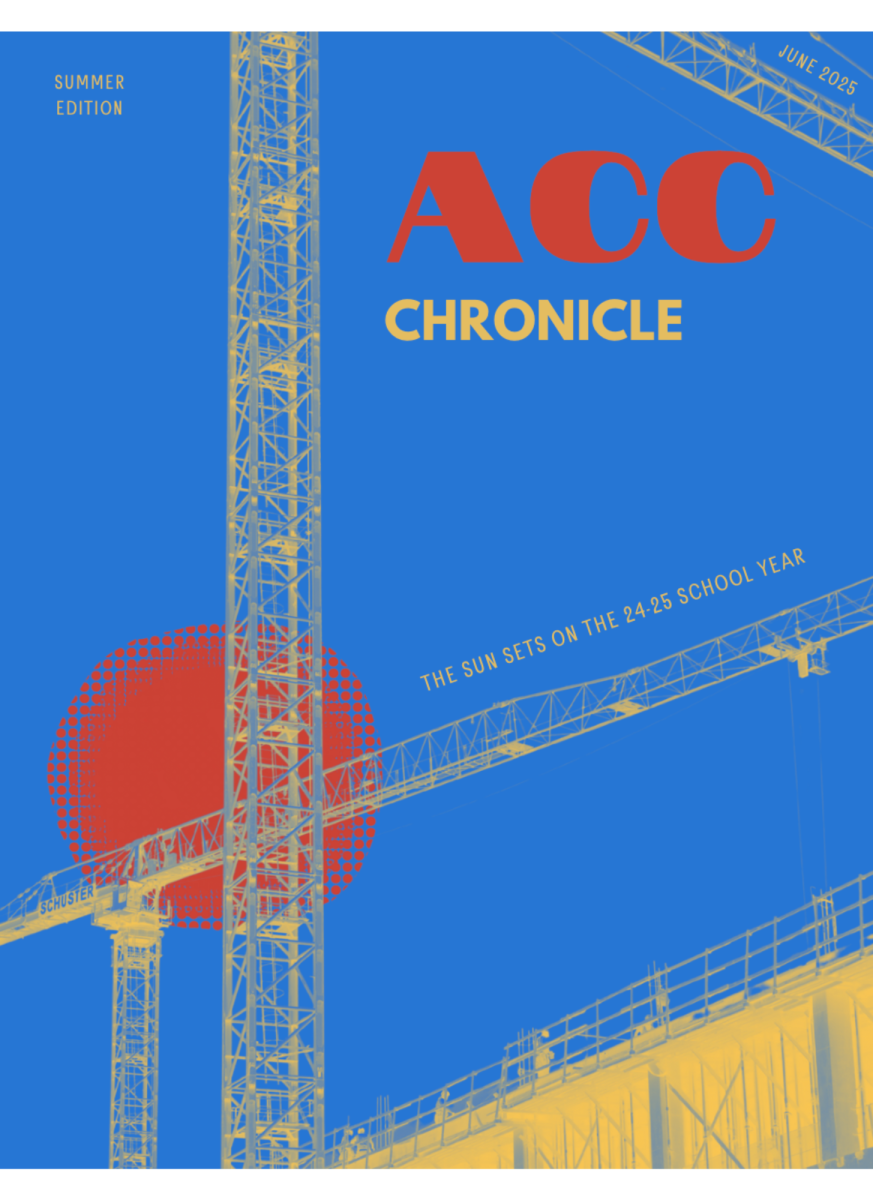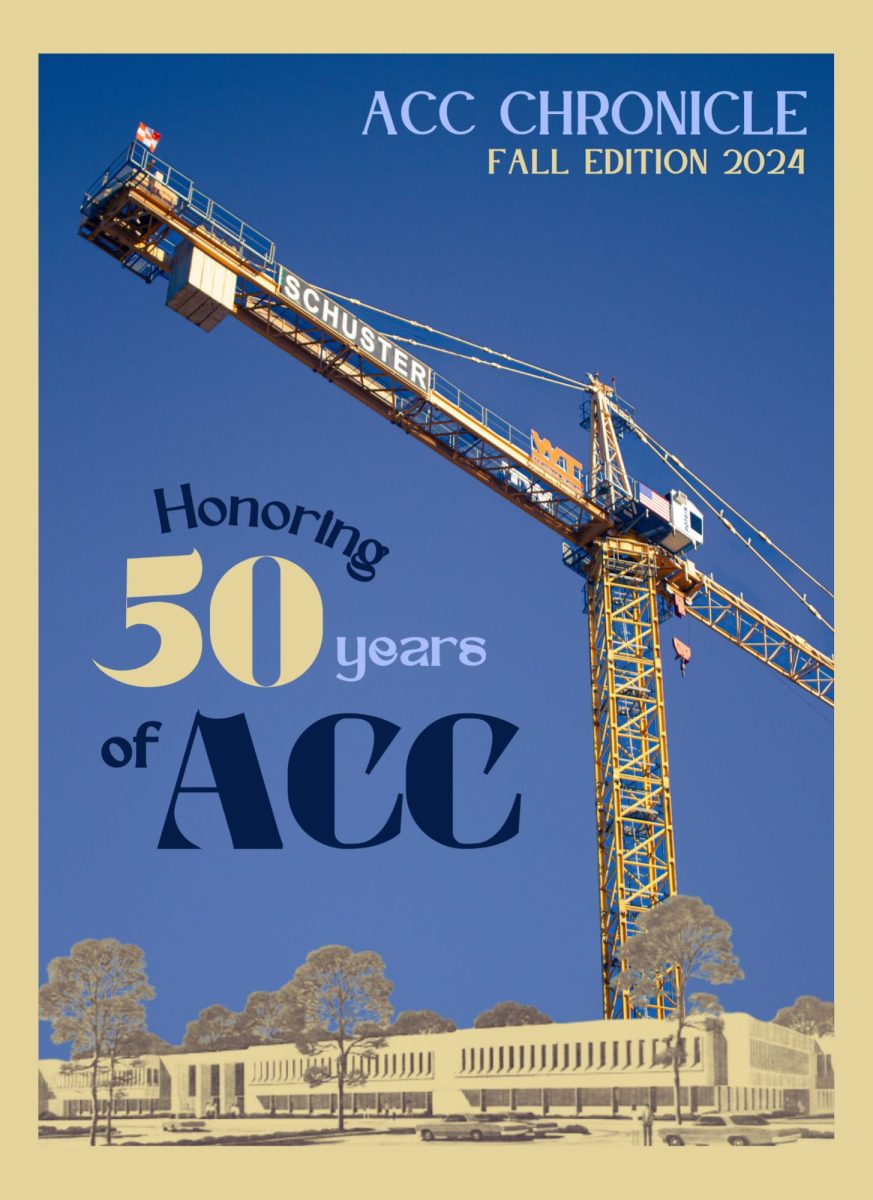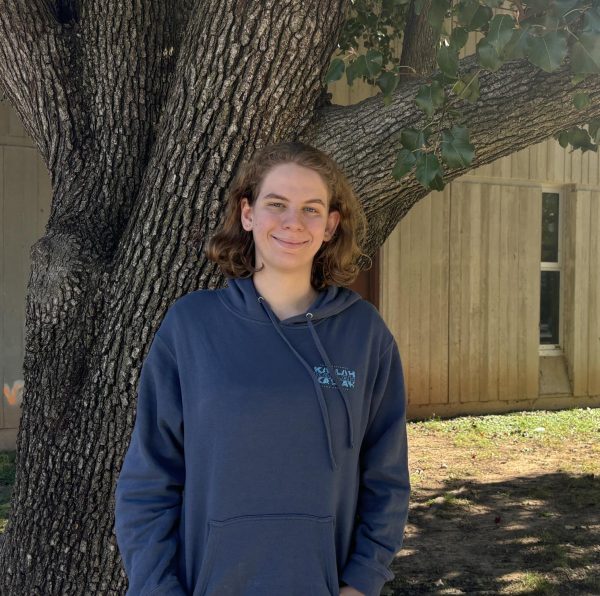
Almost everyone loved playing with Legos or building blocks when they were young, but not everyone chose to continue with building and design as they got older. Tripp DeFalco, owner of DeFalco home design, had always enjoyed building and designing, but hadn’t been planning on going into architecture. He’d been planning on following his father into the aviation industry. Then his mom convinced him to apply to Syracuse’s architecture program, he gave it a shot, and he was hooked. For an insight on what it’s like to be an Architecture student, to what the risks are, to the design process, read on and discover what a career in Architecture could look like for you.
By taking a five-year program, Tripp says that you will have more studio time than the alternative, which is a bachelor’s in a related field (such as art) and then a master’s program in Architecture. This will allow you to work much faster. He also said that it is a very heavy workload, the same as a pre-med or pre-law student. This is obviously an incredibly heavy commitment that students considering architecture should be warned of. However, Mr. DeFalco said that despite the heavy hours and workload, if you had good time management, you would be able to have some free time over the weekend. High school students learn time management throughout their time in school, so maintaining those skills is important if you want to go into architecture.
Since Mr. DeFalco runs his own practice, he is able to make a steady income as well as have more flexibility over his hours at work. This is one of the biggest positives of running a business— freedom over hours. Architects also often have lower income, but by running a business, Mr. DeFalco is able to provide for himself. Alternatively, working your way up in a company will get you higher pay. The issue is that, especially since school is often five years, this will make it difficult for a steady income. Students considering architecture should plan to save money in college and possibly share apartments with roommates, which is what Mr. DeFalco chose to do as he came out of college.
Mr. DeFalco was kind enough to walk me through the Architectural design process. You start with a sort of “diagnosis” process: what led the client to contact him? What don’t they like about their old house? What do they like? Then he continues to the constraints – the maximum size, the budget costs, things that the owner doesn’t want. Then he creates a 3D model based on all of the criteria and constraints. He described it as solving a puzzle. For those who enjoy problem-solving and puzzles, this could be a good option career-wise. One of the biggest aspects of the STEM field is problem-solving, and architecture is no different.
There are many pros and cons to a career in architecture. It incorporates the design aspect of engineering while also including an artistic, creative side, requiring you to think critically and creatively. If you would like to give architecture a shot, take Computer Aided Architectural Drawing at the Career Center, or a similar class at your school if you are not a Career Center student. If you can find them, online classes are also an option. While it takes careful consideration to decide what you want to study in college and what you want to do for a career, you can always research more about a certain career field to see if it’s the right fit.


